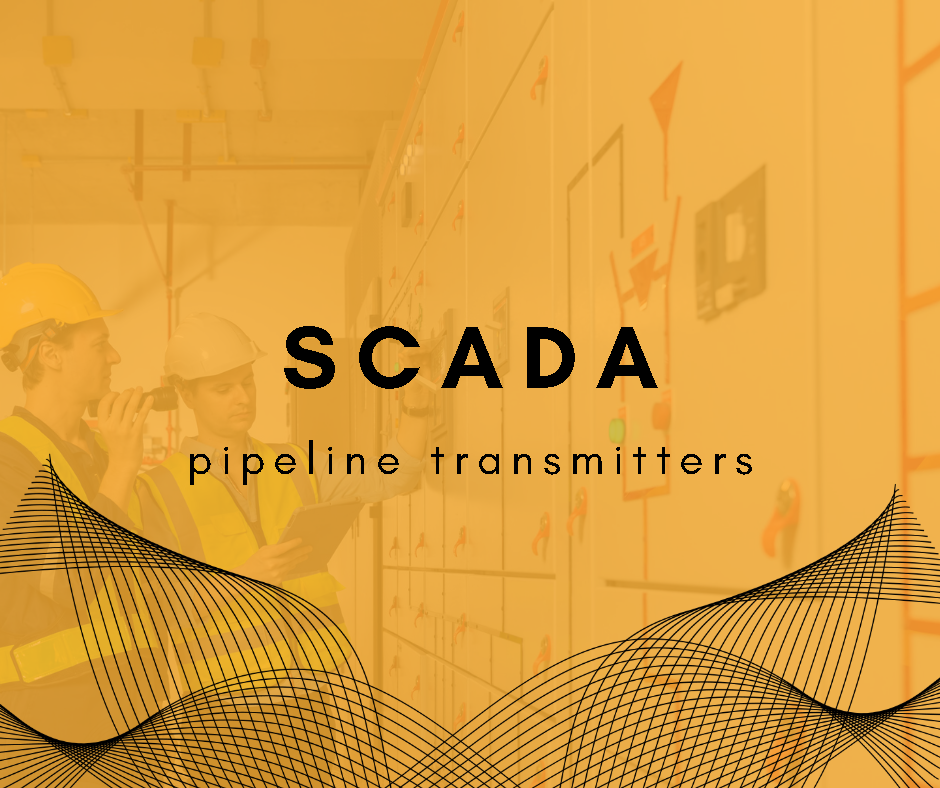
The oil and gas industry has long been a cornerstone of the global economy, with countless processes and systems in place to ensure the safe and efficient extraction, transportation, and distribution of these valuable resources. One such system that has become indispensable to the industry is the Supervisory Control and Data Acquisition (SCADA) system, which allows for remote monitoring and control of critical infrastructure. A key component of these SCADA systems is the pipeline transmitter, a device that serves as the communication link between sensors, actuators, and the central control system. In this article, we will delve into the workings of pipeline transmitters and their crucial role in the oil and gas industry’s SCADA systems.
Pipeline transmitters are specialized devices that convert analog signals from sensors, such as pressure, temperature, flow rate, and other relevant parameters, into digital signals that can be transmitted across long distances to a central control system. This conversion is vital, as it allows for the accurate and reliable transmission of data even over vast pipeline networks. The transmitters are typically designed to withstand the harsh environments they operate in, including extreme temperatures, pressures, and corrosive substances.
SCADA systems have become the backbone of oil and gas operations, providing real-time data on the conditions of pipelines, storage tanks, and other critical infrastructure. By continuously monitoring these parameters, operators can make informed decisions to optimize production, minimize waste, and prevent accidents or costly downtime. The pipeline transmitters play a crucial role in this process, acting as the eyes and ears of the SCADA system.
The integration of pipeline transmitters into SCADA systems offers numerous benefits to the oil and gas industry. First and foremost, the remote monitoring capabilities provided by these systems significantly reduce the need for manual inspections and on-site presence, which can be both dangerous and time-consuming. This not only lowers the risk of accidents but also improves overall operational efficiency.
 Secondly, the real-time data gathered by pipeline transmitters allows operators to quickly identify and address issues that may arise, such as leaks, pressure fluctuations, or other potential hazards. Early detection and intervention can prevent small issues from escalating into more significant problems, thereby reducing downtime and maintaining the integrity of the pipeline network.
Secondly, the real-time data gathered by pipeline transmitters allows operators to quickly identify and address issues that may arise, such as leaks, pressure fluctuations, or other potential hazards. Early detection and intervention can prevent small issues from escalating into more significant problems, thereby reducing downtime and maintaining the integrity of the pipeline network.
Moreover, the data collected by pipeline transmitters can be used for predictive maintenance, enabling operators to anticipate potential equipment failures and schedule maintenance accordingly. This proactive approach can help avoid unexpected shutdowns and extend the lifespan of critical infrastructure.
In addition to their role in monitoring and maintaining pipeline networks, pipeline transmitters can also be used to optimize energy consumption and reduce greenhouse gas emissions. By closely monitoring flow rates and pressure levels, operators can identify inefficiencies and make adjustments to optimize the system, minimizing energy usage and reducing the environmental impact of the oil and gas industry.
In conclusion, pipeline transmitters are integral components of SCADA systems in the oil and gas industry, providing a vital communication link between sensors, actuators, and central control systems. Their ability to withstand harsh environments and accurately convert analog signals into digital data enables the remote monitoring and control of critical infrastructure, improving operational efficiency, safety, and environmental sustainability. As technology continues to advance, it is likely that we will see further innovations in pipeline transmitter technology, enhancing the capabilities of SCADA systems and contributing to the ongoing evolution of the oil and gas industry.







